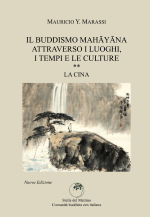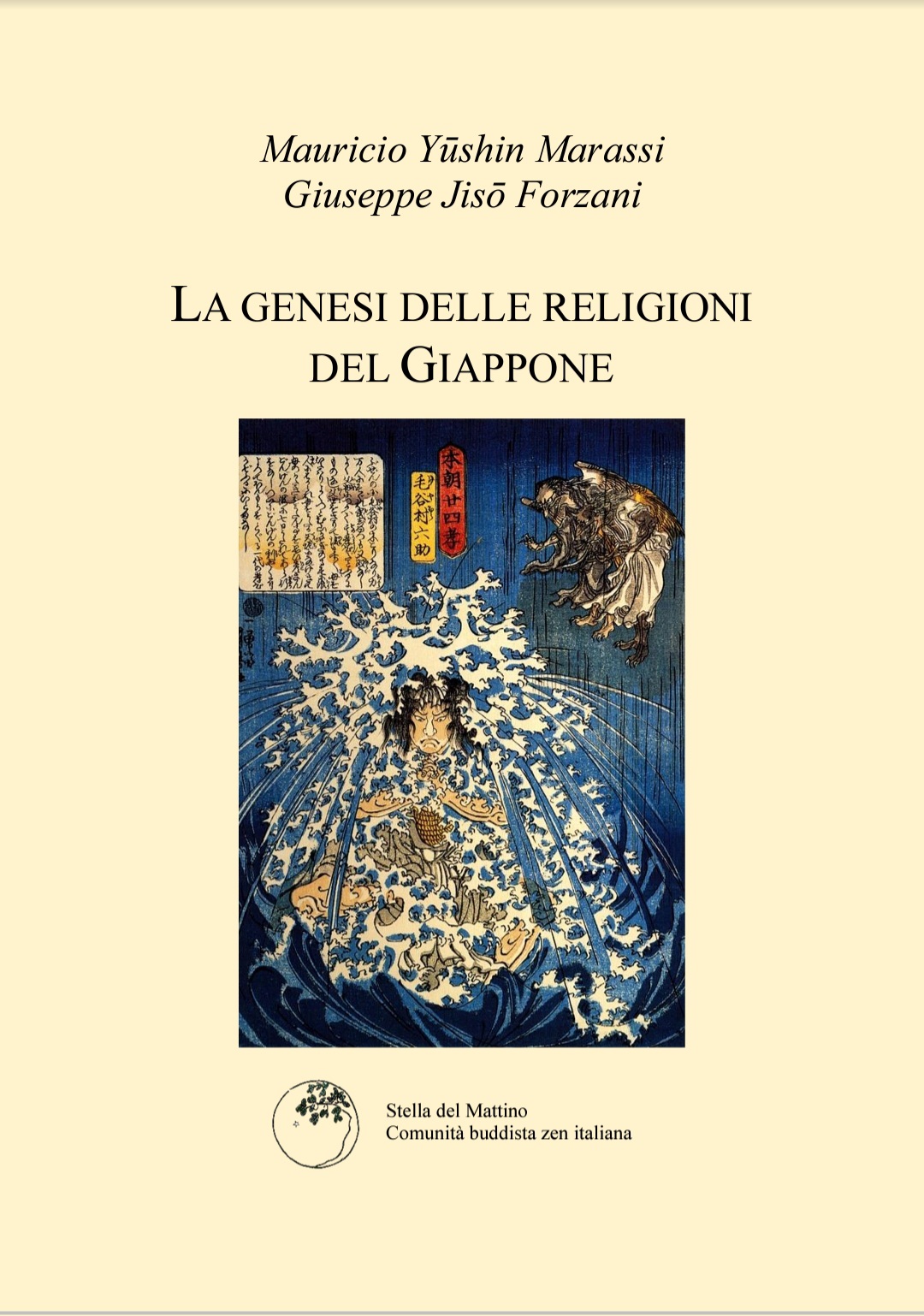the secret of the kōan
Dōgen’s glasses
In 13th century Japan, even more than today in the West, the transmission of Buddhism had become stratified in a series of processes plagued by scholasticism and partiality. Because nobody had yet manifested in all evidence what Buddhism was through the concrete example of his own life, the essential nature of Buddhism could not be recognized, even approximately, for what it is. To perceive it, one had to sweep away the incrustations, syncretisms, additions, inculturations and pious fairytales that had been piled up on it in India, China and Japan in the course of 18 centuries of history – a very difficult, if not impossible task.
The most exciting thing about looking not only at Japanese Buddhism but at Buddhism in general through Eihei Dōgen’s eyes consists in the following: that Dōgen was able to strive for(1) true Buddhism in spite of the fact that many of his textual sources had become thoroughly corrupt or adulterated. India was far away, her culture and language very different. Dōgen was not familiar with Sanskrit or Pāli and there is no evidence that he ever met an Indian Buddhist monk. He studied Buddhism only on Chinese texts and his contacts with the reality of Indian Buddhism were second, if not third-hand removed. In addition, by then the Buddhist tradition in India had almost completely lost its way.
Have you ever played the game called broken telephone? If you have, you know what I am talking about. In this game, children first line up. Then the first child in the line whispers a sentence into the ear of the child next to him, who does the same with the child next to him and so on and so forth. When the end of the line is reached, the players compare the sentence that was whispered first with the last heard and are astounded at how different they are. This is like what happened to Buddhism after five centuries of evolution in India, and thirteen centuries of Chinese inculturation(2). It would be very surprising if the Buddhism that was handed down to Dōgen were the same that was spoken by Śākyamuni 1800 years before in the distant Ganges valley.
Over many of his works, the chapter of the Shōbōgenzō(3) entitled Shōji –literally Birth/life and death – has the advantage of being written in Japanese rather than in Chinese. As a result of this – and also of the fact that he often used phonetic characters — it is simple and easy to understand. Here the problems that one encounters translating his text are not due to Dōgen’s language, which is notoriously complex, but to the traps hidden in the process of comprehension and reconstruction of his words into a different semantic instrument – traps that must be avoided if one wants to reproduce accurately enough into the logos/sound of a Western language what was originally expressed in a completely different system of thought. What makes these processes treacherous is the fact that the original language consists above all of an intellectual and emotional linkage between myself and “that” of which it is spoken. Instead, the word/sound is a thought. This is why logos means both word and thought. In Eastern languages, a character, in particular the sign usually – and improperly — called ideogram(4), implies the relation between myself and a certain “topic”, and this relation is not the word/logos/thought, but a changing and articulate complexity, which can be expressed only through many different words. They are different communication systems and do not converse easily, just like colour and sound.
Foot notes:
1) The several, much modified, versions of the Shōbōgenzō bear striking witness to Dōgen’s “striving for true Buddhism”.
2) Buddhism “entered” China no later than the I sec. a.d.
3) I am following the guidelines of an unpublished manuscript by Jisō G. Forzani both insofar as translation and background information on Shōji are concerned.
4) Their correct name is “morphemes” which means “smallest units containing meaning” .
Se volete, lasciate un commento.
You must be logged in to post a comment.







